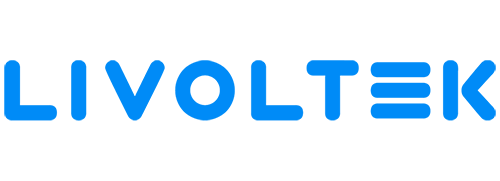In today’s fast-paced world, the demand for reliable and efficient power solutions has never been greater. Whether it’s in industrial settings, commercial spaces, or residential areas, the need for stable electricity supply is ubiquitous. In this pursuit, inverters have emerged as indispensable devices, playing a crucial role in converting DC power to AC power and vice versa. From powering household appliances during blackouts to enabling renewable energy integration into the grid, inverters have become ubiquitous across various sectors.
Understanding Inverters: An Overview
At its core, an inverter is an electronic device that converts direct current (DC) to alternating current (AC). This transformation is pivotal because while many devices operate on AC power, sources such as batteries or solar panels generate DC power. Inverters bridge this gap, facilitating the use of DC power in AC-dependent applications.
Evolution of Inverters: From Basic Functionality to Advanced Applications
Inverters have undergone significant evolution since their inception. Initially designed for basic applications such as powering small electronics or emergency lighting systems, modern inverters boast advanced features and capabilities. Key milestones in their evolution include:
- Pure Sine Wave Inverters: Traditionally, inverters produced a modified sine wave output, suitable for most appliances but with limitations in powering sensitive electronics. Pure sine wave inverters emerged to address this issue, delivering a smooth, high-quality AC waveform akin to that of grid power, ensuring compatibility with a broader range of devices.
- Grid-Tie Inverters: With the rise of renewable energy sources like solar and wind, grid-tie inverters have become prevalent. These inverters synchronize the electricity generated from solar panels or wind turbines with the utility grid, allowing for seamless integration of renewable energy into the existing infrastructure.
- Microinverters: Unlike traditional string inverters that handle the output of multiple solar panels, microinverters are installed on each solar panel individually. This decentralized approach offers advantages such as increased system efficiency, enhanced monitoring capabilities, and improved reliability, particularly in shaded environments.
- Hybrid Inverters: As the demand for energy independence grows, hybrid inverters have gained popularity. These devices not only convert DC power from sources like solar panels and batteries to AC power but also intelligently manage energy flow between multiple sources and the grid. This versatility enables homeowners and businesses to optimize their energy usage, store excess energy, and even operate off-grid if necessary.
Applications of Inverters Across Industries
The versatility of inverters has led to their widespread adoption across various industries:
- Residential Sector: Inverters power essential home appliances during blackouts, enable solar energy utilization, and support energy-efficient heating and cooling systems.
- Commercial Sector: Businesses leverage inverters for uninterrupted power supply to critical equipment, as well as for integrating renewable energy solutions to reduce operating costs and environmental impact.
- Industrial Sector: In industrial settings, inverters drive motors, control machinery, and regulate power distribution systems, contributing to enhanced productivity and efficiency.
- Telecommunications: Inverters play a vital role in maintaining continuous power supply to telecommunications infrastructure, ensuring seamless communication even during power outages.
Future Trends and Innovations
Looking ahead, several trends and innovations are shaping the future of inverters:
- Efficiency Optimization: Manufacturers are continually improving the efficiency of inverters to minimize energy losses during conversion, thereby maximizing the overall system performance.
- Smart Grid Integration: Inverters equipped with advanced communication capabilities are facilitating the transition towards smart grids, enabling the bi-directional flow of electricity, demand response, and real-time monitoring.
- Energy Storage Integration: With the growing popularity of battery storage systems, inverters are being designed to seamlessly integrate with energy storage solutions, enabling consumers to store excess energy for later use and enhance grid stability.
Conclusion
Inverters have evolved from basic electronic devices to sophisticated systems powering our modern world. As the demand for clean, reliable, and efficient energy solutions continues to rise, inverters will remain at the forefront of innovation, driving the transition towards a sustainable energy future. Whether it’s enabling renewable energy adoption, ensuring uninterrupted power supply, or enhancing energy efficiency, inverters will continue to play a pivotal role across various sectors, shaping the way we harness and utilize electricity.

